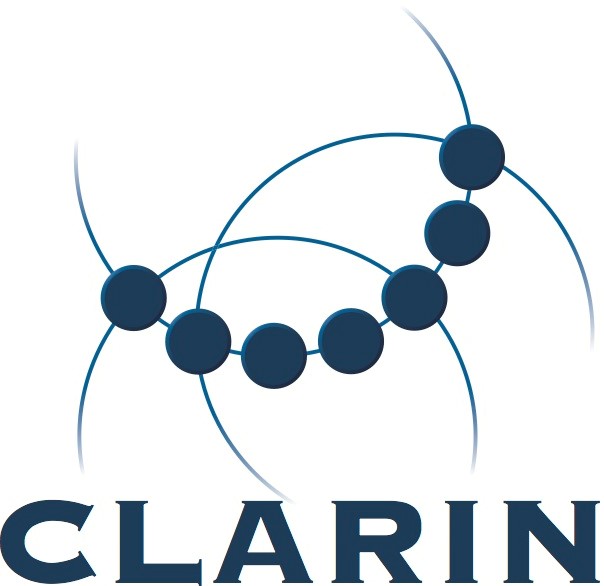Variation and change in the use of hesitation markers in Germanic languages
Identifikator: 11022/0000-0007-EBC3-4
Abstract
In this study, we investigate cross-linguistic patterns in the alternation between UM, a hesitation marker consisting of a neutral vowel followed by a final labial nasal, and UH, a hesitation marker consisting of a neutral vowel in an open syllable. Based on a quantitative analysis of a range of spoken and written corpora, we identify clear and consistent patterns of change in the use of these forms in various Germanic languages (English, Dutch, German, Norwegian, Danish, Faroese) and dialects (American English, British English), with the use of UM increasing over time relative to the use of UH. We also find that this pattern of change is generally led by women and more educated speakers. Finally, we propose a series of possible explanations for this surprising change in hesitation marker usage that is currently taking place across Germanic languages. The analysis can also be directly viewed here: http://www.let.rug.nl/wieling/uhum/analysis.html Language Dynamics and Change (revised version submitted)
Anwendungen
![]() Anzeigen im Virtual Language Observatory
Anzeigen im Virtual Language Observatory
Downloads
Zitieren
Martijn Wieling, Jack Grieve, Gosse Bouma, Josef Fruehwald, John Coleman, Mark Liberman (2015): Variation and change in the use of hesitation markers in Germanic languages. Mind Research Repository. Identifier: 11022/0000-0007-EBC3-4.

